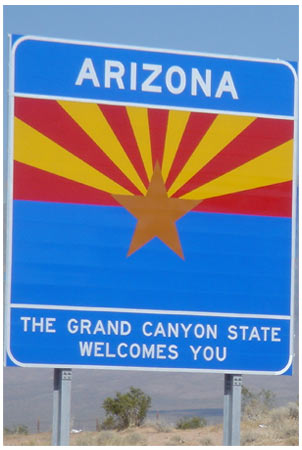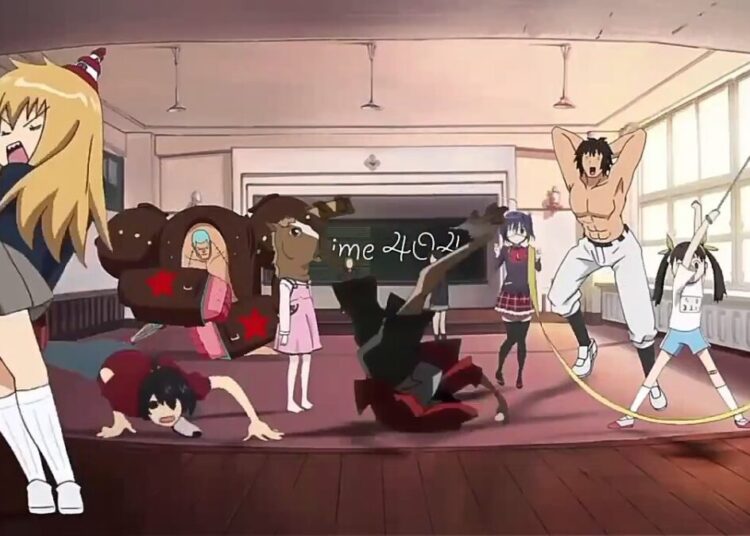Well, that was quite a trip. Over five days my son and I managed to hit some of the more interesting spots in the American Southwest, experiencing the scorching temperatures of Death Valley, the thrill of posing for photos outside the Area 51 gate, driving old stretches of Route 66 and the awesomeness of Penn & Teller, two of my favorite magicians. We managed to put 1500 miles (2400 km) on my mother’s 2002 Miata convertible, and had a blast. During the trip, my son learned a lot about the U.S. He was surprised that the majority of the other tourists we encountered in our travels were from other countries, mostly from Europe but also plenty from China, Japan, Russia etc. (There was one group of old dudes from Switzerland that were touring the U.S. on rented Harleys, how awesome is that?) I explained to him that people around the world have a fascination with America and like visiting famous places, just as many gaijin visitors to Japan feel awe when making that first pilgrimage to Kyoto, Akihabara or whatever places are special to them. (“Like Obi Wan said, it all depends on your point of view,” was his reply.) Another observation he made was that you could tell you’d crossed a state line by subtle differences in the roads or on the signs, and he was right. Going from California to Nevada or Arizona, you immediately feel that a different set of rules has been applied to the roads, like the grooves along the road in Arizona (but nowhere else), or the proud “Grand Canyon State” signs. In contrast, Japanese prefectures are boringly uniform, with road surfaces, signs, traffic signals and pretty much everything else standardized by the national government in Tokyo, with very little variation from place to place. (One exception are traffic signals, which hang horizontally in most Japanese cities but vertically in the colder regions to the north, to keep snow from piling on top.)

U.S. states each have a unique “feel” to them, unlike Japanese prefectures.















